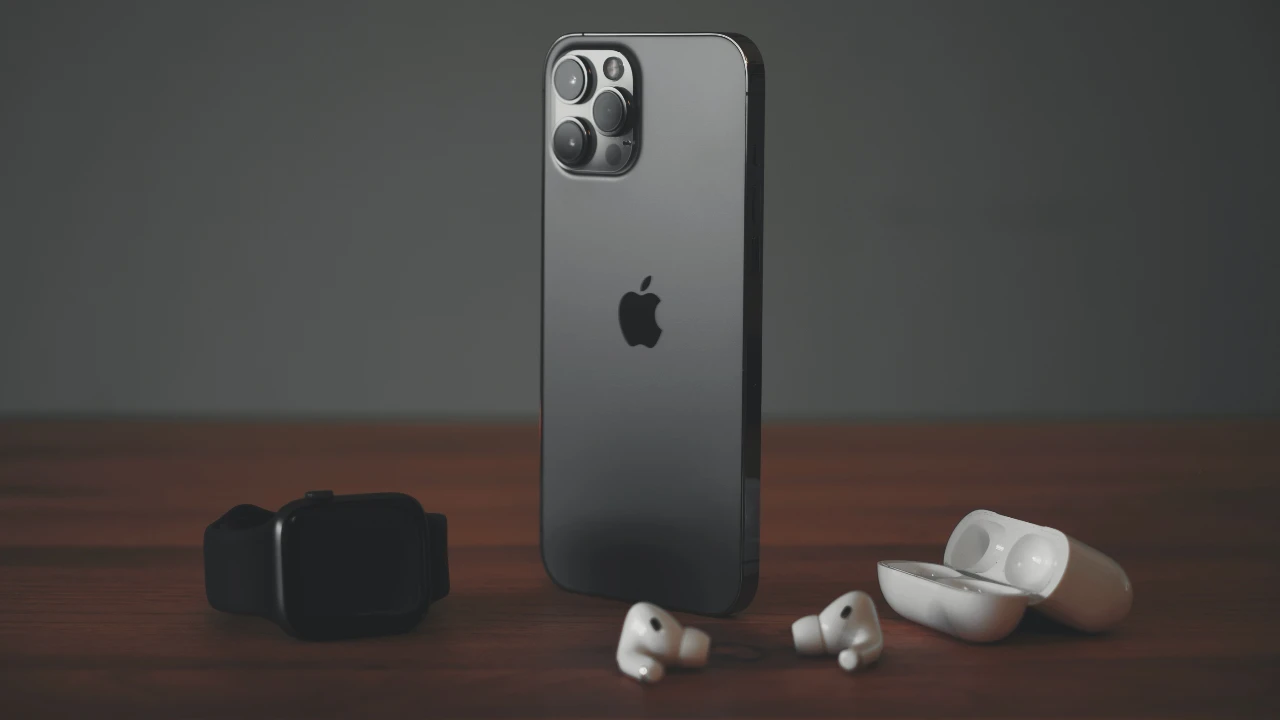
This guide is designed to show you what you can do if your iPhone battery needs replaced or repaired. Ah, the dreaded iPhone battery drain. It starts subtly: a few extra charges throughout the day, then a mad dash for the charger before that important meeting. Eventually, even the most patient iPhone owner reaches a breaking point. But fear not, fellow iOS devotee! This guide will equip you with the knowledge to tackle your battery woes head-on.
Step 1: Diagnose the Problem
Before diving into replacements, let’s confirm the culprit is indeed your battery. Here are some telltale signs:
- Rapid battery drain: Your phone nosedives from 100% to 20% in what feels like minutes.
- Unexpected shutdowns: The phone mysteriously dies even with sufficient battery life remaining.
- Slow performance: Sluggishness, lag, and app crashes can also be battery-related.
- Battery health below 80%: Check Settings > Battery > Battery Health. A value below 80% suggests reduced capacity.
Step 2: Consider Your Options
Once you’ve diagnosed the issue, you have two main paths: Apple-authorized repair and third-party repair.
Apple-authorized repair:
- Pros: Uses genuine Apple parts, comes with a warranty, and ensures proper battery calibration.
- Cons: Generally more expensive, may require an appointment, and longer turnaround times.
Third-party repair:
- Pros: Often cheaper and faster, readily available repair shops.
- Cons: May use non-genuine parts, void your warranty if not done by an Apple-authorized service provider, and potential quality/safety concerns.
Step 3: Apple-authorized Repair
If you opt for the official route, here’s what to expect:
- Book an appointment: Visit Apple’s website or use the Support app to book a Genius Bar appointment at your nearest Apple Store.
- Diagnostics: Apple technicians will run tests to confirm the battery issue.
- Cost: The cost varies depending on your iPhone model and whether you have AppleCare+. Generally, expect to pay between $49 and $99 for an out-of-warranty battery replacement.
- Warranty: Apple provides a 90-day warranty on battery replacements.
Step 4: Third-party Repair
If you choose the third-party route, do your research! Here are some tips:
- Read reviews: Check online reviews and ratings of repair shops in your area.
- Ask about parts: Ensure they use high-quality, reputable replacement batteries.
- Warranty: Inquire about their warranty policy on repairs.
- Price comparison: Get quotes from several shops before making a decision.
Step 5: DIY Repair (Advanced Users Only!)
For adventurous souls, replacing your iPhone battery yourself is a possibility. However, this is a delicate procedure and not recommended for everyone.
Requires technical skills: You’ll need specialized tools and a good understanding of phone repair.
Risk of damage: Improper repair can permanently damage your phone.
Voiding warranty: DIY repair may void your iPhone’s warranty unless you use Apple’s self service repair program.
Bonus Tip: Extend Your Battery Life
Here are some ways to maximize your iPhone’s battery life before resorting to replacement:
- Update your iOS: Bug fixes and performance improvements in newer versions can improve battery life.Adjust brightness: Lower screen brightness is a significant battery saver.
- Enable battery-saving mode: This reduces background activity and extends battery life.
- Turn off location services and Bluetooth when not in use.
- Close unused apps: Background app refresh can drain the battery.
Summary
While a dwindling iPhone battery can feel like a digital apocalypse, it doesn’t have to be the end of the world. Armed with the knowledge in this guide, you can confidently diagnose the problem, explore your repair options, and even extend your battery life before replacement becomes necessary. Remember, prioritizing healthy charging habits and keeping your software updated can go a long way in prolonging your battery’s lifespan. So, take a deep breath, put down that dying phone, and embrace the power of informed action. Your iPhone’s battery life, and your sanity, will thank you! You can find out more details about Apple’s official repairs over at their website.
Image Credit: Dennis Brendel
Filed Under: Apple, Apple iPhone, Guides
Latest timeswonderful Deals
Disclosure: Some of our articles include affiliate links. If you buy something through one of these links, timeswonderful may earn an affiliate commission. Learn about our Disclosure Policy.



